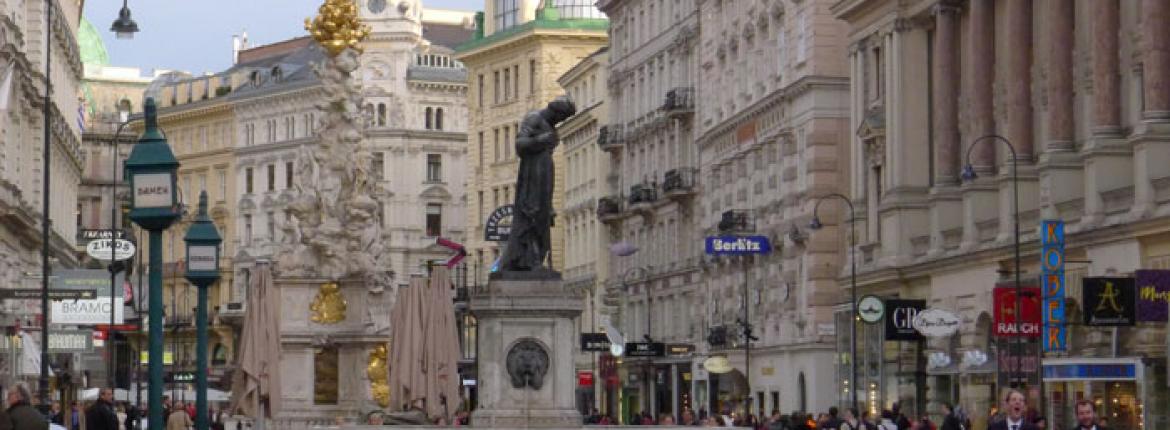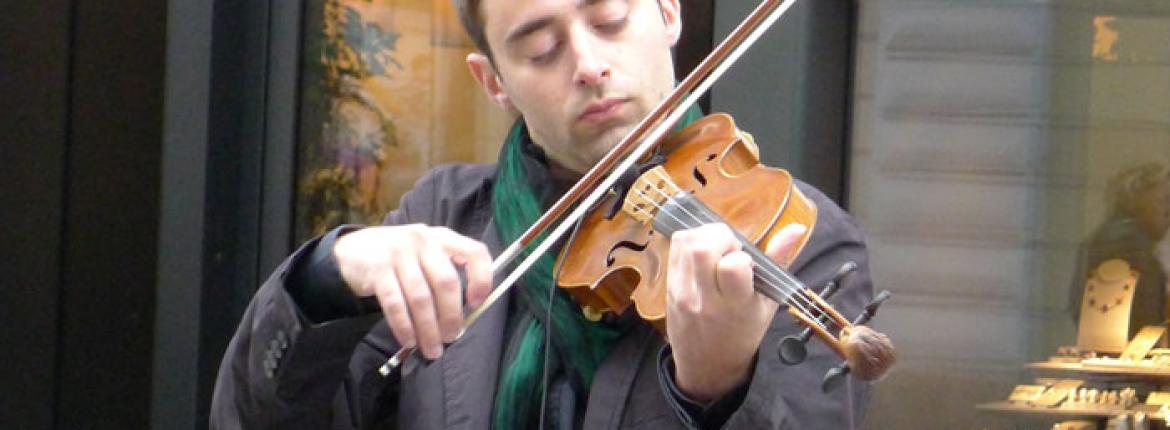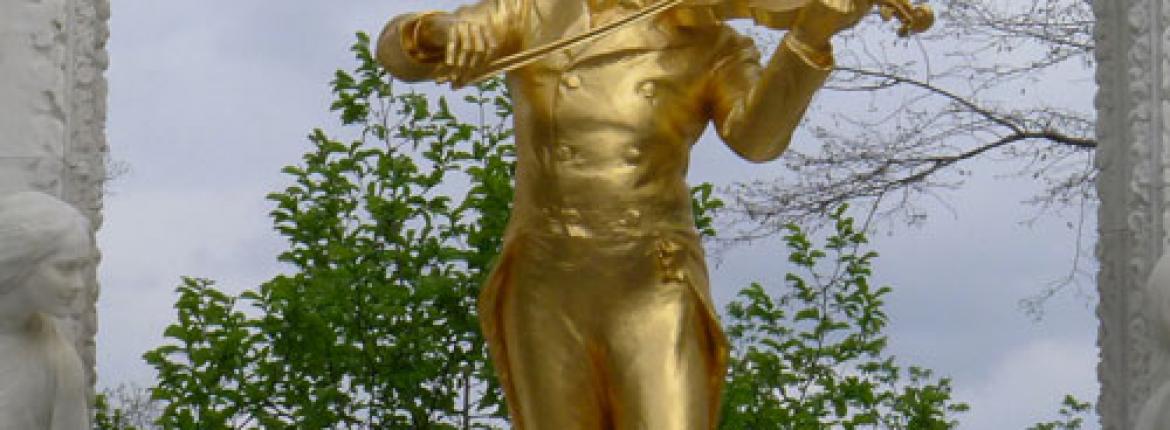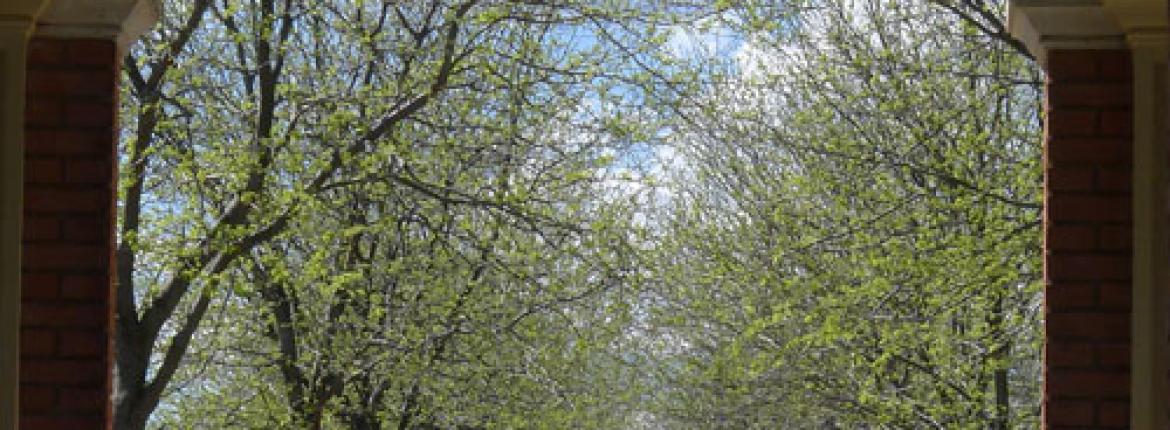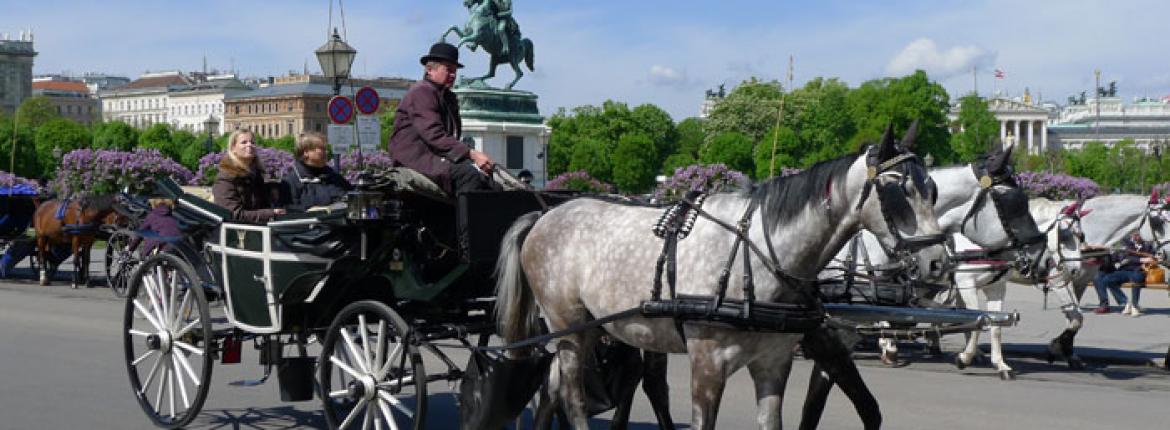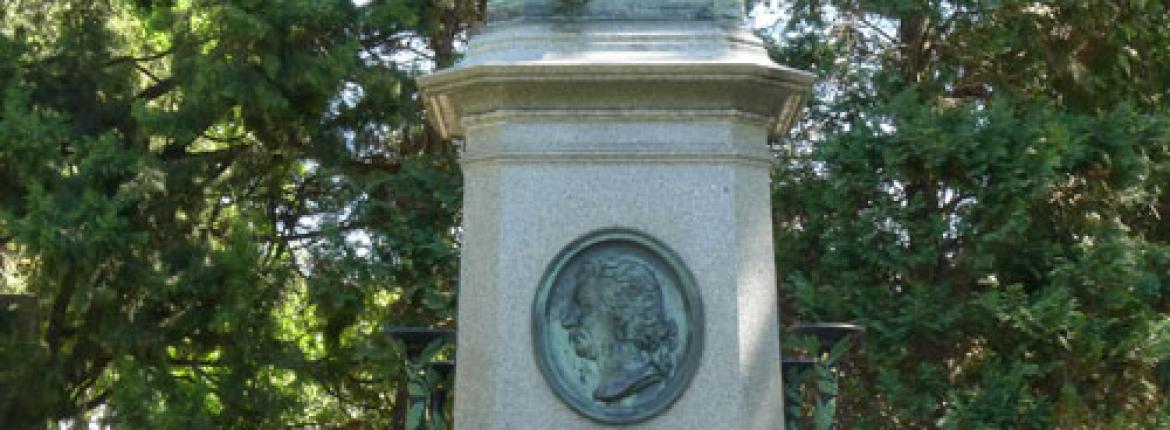The buskers are the best on Karntner Strabe, Vienna’s main street. It has a kilometre-long pedestrian-only area, where fancy-brand shops alternate with cafés; and buskers space themselves out along this zone.
Sunshine in spring and terrific street music mean that hundreds of people promenade, stopping to listen and enjoy, buy a CD, perhaps, or put coins in an instrument case or upside-down hat.
At the end of Karntner Strabe an entire block is taken in by the Vienna State Opera House, a massive 1869 columned edifice of neoclassical magnificence where, most nights, an opera or ballet is performed. A thousand people work there; scene changes occur with such logistical precision that an opera can be followed by a ballet the next day.
Music has been a focus of Vienna for hundreds of years. The Vienna Boys Choir was founded in 1498 when the Austrian King, Maximilian I, requested that a singing master, two basses and six sweet-voiced boys be employed to provide musical accompaniment at church Mass. Now the choir has a hundred choristers and is divided into groups that tour the world. The choirboys have always received an extensive musical education and often become professional musicians or composers after their voices break. Haydn and Schubert both began their musical careers with the Vienna Boys Choir.
The choirboys have always received an extensive musical education and often become professional musicians or composers after their voices break. Haydn and Schubert both began their musical careers with the Vienna Boys Choir.
It was the genius and hard work of Joseph Haydn (1732–1809) that took Vienna from being a centre of music to a world hot spot. Haydn worked as a choirmaster for the Austrian Court for 52 years, first for a wealthy Count and later for the King. His job was to make new and better music, and to supervise its performance. He was bold, brave and brilliant and is the father of the symphony and the string quartet.
Then along came Mozart, a precocious but erratic musical genius, a friend of Haydn, and intimately acquainted with and influenced by his work. Beethoven, another maestro, began his career as a pupil of Haydn and openly acknowledged his and Mozart's influence.
As the 1800’s waltzed by and musical tastes evolved, Brahms, Schubert, and deeply-competitive father and son Johann Strauss I and II all had their time as Viennese music stars. It delights me to discover that these gentlemen, all so stellar in the history of music, now rest in close proximity to each other in the Zentralfriedhof cemetery. It’s seven kilometres from the centre of the city but, with typical Austrian efficiency, a No 71 tram quietly trundles its way past the gate every 15 minutes.
Tree-lined paths point to infinity in Europe’s second largest cemetery. It’s a beautiful place, with birdsong, bright patches of tulips and carefully tended graves. The men at the gate point us in the right direction. Within 30 metres of each other Brahms, Beethoven, Mozart, Schubert, Strauss junior and senior, and a couple of other Strauss’s too, have tombstones of varying impressiveness.
In the evening I shake wrinkles from a posh dress and our group heads to the Kursalon, an 1868 music venue, for two hours of Strauss and Mozart. Our guide has pulled Viennese strings to get front row seats; intermission includes bubbly on a terrace which overlooks City Park, where a freshly-gilded statue of Strauss jauntily plays a violin. The performance, which includes arias, duets, an opera vocalist and a ballet pair, is professional and polished and pleasantly lightweight, with everyone’s favourite waltz – the Blue Danube – in the encore.
The Danube, which flows through Vienna, is not blue it’s brown – and was probably browner when Johann Strauss II wrote this happy piece. But Vienna’s music was composed to entertain, give pleasure and add to the joy of living; a brown Danube would not be a comfortable fit.
The street buskers on Karntner Strabe are tuned into this; they play beautifully, adding an exceptional tone to the Viennese afternoon.
And, yes, I buy a CD from one of them, so the pleasure lives on.
Visitor information
Liz Light visited Vienna travelling on Trafalgar’s At Leisure 10-day Prague, Vienna and Budapest guided holiday. At Leisure guided holidays move at a relaxed pace, with two or three nights in each location and plenty of time to explore. For more information, visit Trafalgar.
Cathay Pacific flies from Auckland to Frankfurt every day via Hong Kong and has easy connections on to Prague, the starting point of the Trafalgar At Leisure holiday. Likewise, there are easy connections from Budapest, where the holiday ends, back to Frankfurt and on to Auckland. For more information, visit Cathay Pacific.
For stopovers in Hong Kong, JW Marriott Hong Kong is in the heart of the city; Hong Kong Sky City Marriott Hotel is close to the airport and Disneyland. For more information, visit Marriott.
Reported by Liz Light for our AA Directions Summer 2012 issue

